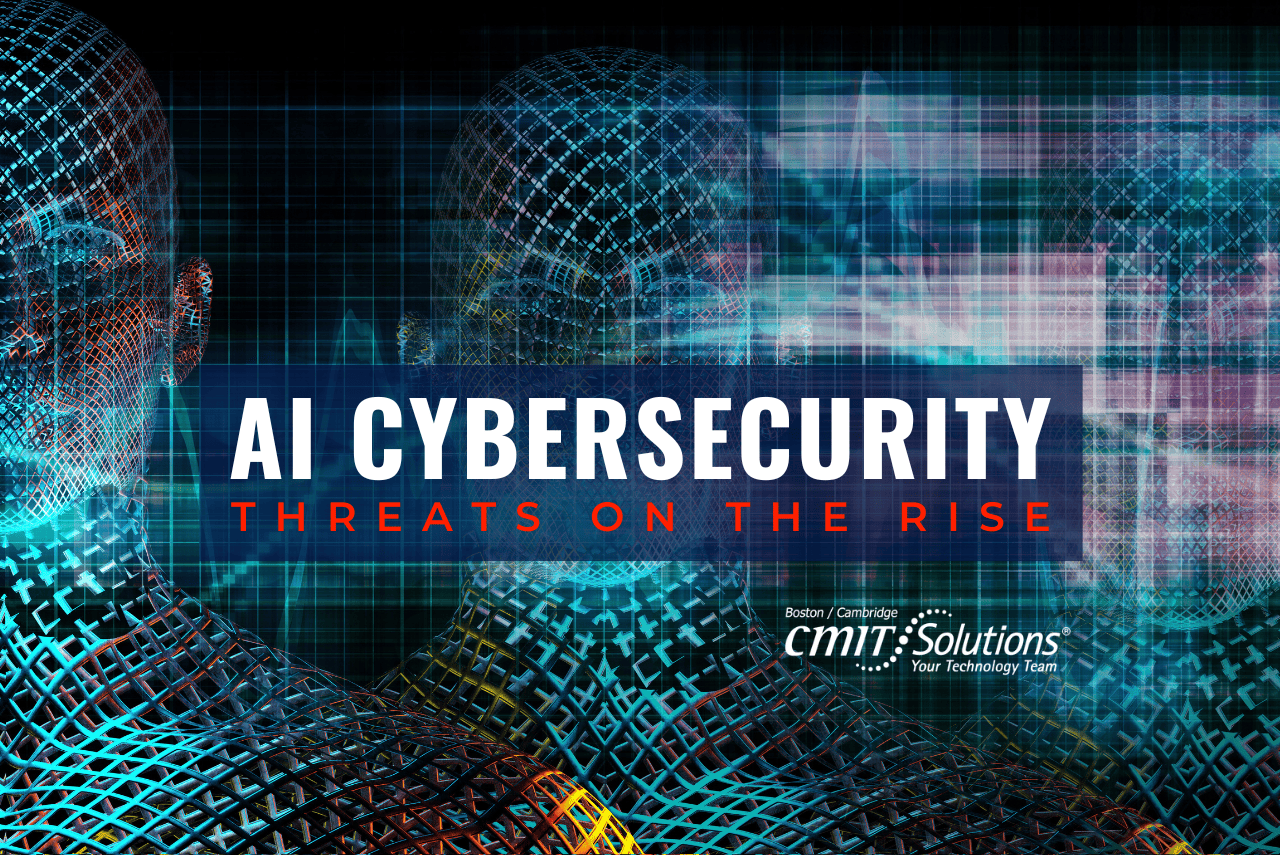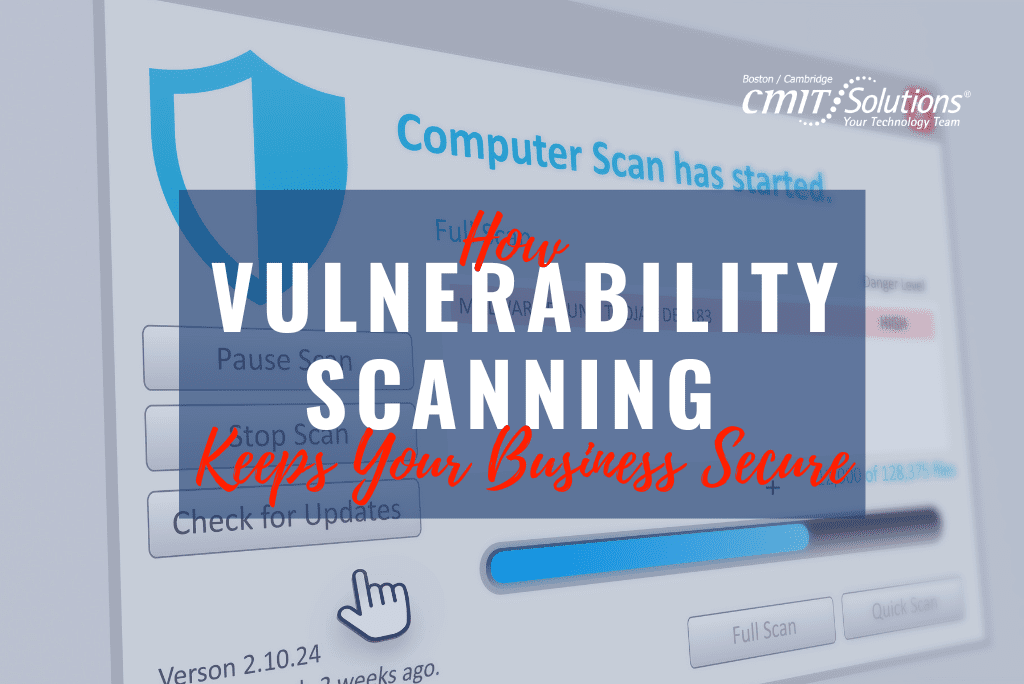Artificial Intelligence (AI) is rapidly being integrated into all facets of business, revolutionizing industries by enhancing efficiency, automating processes, and providing deep insights through data analysis. In the realm of cybersecurity, AI serves as both a shield and a sword. It is employed to identify, prevent, and mitigate threats in real-time, but it is also increasingly used by cybercriminals to launch sophisticated attacks. As AI continues to evolve, understanding its dual role in cybersecurity is crucial for IT professionals, business professionals, and organizations.
The Evolution of AI in Cybersecurity
AI as a Defender
Within the world of cyber security, AI is filling—or assisting with—a number of roles and processes. AI algorithms can process vast amounts of data at lightning speed, identifying patterns and anomalies that would be impossible for humans to detect manually. This capability makes AI a powerful tool for threat detection, fraud prevention, and incident response. Machine learning models can continuously learn from new data, adapting and improving their accuracy over time.
While it’s being used to analyze logs, read source code, identify vulnerabilities and even to create or exploit vulnerabilities, experts expect AI to augment cybersecurity roles instead of replace them. Human oversight will always be required to form an accurate interpretation of AI findings and informed decision-making. Technologies such as User and Entity Behavior Analytics (UEBA) and Intrusion Detection Systems (IDS) have become more effective through AI integration.
AI as an Offender
The same capabilities that make AI a formidable defender also make it a potent weapon for cybercriminals. Deeplocker, an AI-driven malware, can adapt or hide its behavior based on the environment it infiltrates, making it harder to detect and eradicate using traditional methods. Other AI-enabled network attacks can be coaxed into creating toxic content and are prone to ‘prompt injection attacks’ otherwise known as data poisoning. These are equally as hard to stop once the attack has already begun.
Although not surprising, phishing attacks have become more convincing with AI-generated content that mimics human behavior and language. Two of these most malicious AI uses are audio cloning and deepfakes. Also called audio deepfakes, audio cloning artificially replicates someone’s voice to sound very authentic, by imitating their tone, inflections, intonations, and pronunciation. Deepfakes can falsely alter an image or video clip while cutting-edge technology can fully mimic someone’s persona in real-time. Anyone can fall victim to these sneaky attacks, from parents getting fake real-sounding voicemails imitating their child or grandparent, to an employee receiving a phishing email from their CEO requesting a significant money transfer and being falsely validated in a real-time deepfake videochat. The possibilities are endless with this kind of malice that thrives on human error.
Mitigating AI Cybersecurity Threats
To effectively counter these increasing AI-driven threats, organizations should embrace a proactive defense strategy, which includes the following measures:
For IT Professionals
- Implement Advanced AI-Based Security Solutions: Deploy AI-driven security tools that can detect and respond to threats in real-time.
- Continuous Monitoring and Learning: Ensure that your AI models are constantly updated with new threat data to improve their detection capabilities.
- Regular Audits and Penetration Testing: Conduct frequent security audits and penetration tests to identify and rectify vulnerabilities.
For Business Professionals
- Cybersecurity Training: Know about the risks of AI-driven cyber attacks and learn the best practices for cybersecurity.
- Secure Your Network: Use strong, unique passwords, enable multi-factor authentication, and ensure that all software is up-to-date with the latest security patches.
- Backup Data Regularly: Maintain regular backups of critical data to mitigate the impact of potential ransomware attacks.
For Organizations
- Adopt a Zero Trust Architecture: Implement a Zero Trust security model that requires strict verification for every user and device attempting to access resources on your network, regardless of whether they are inside or outside the network perimeter.
- Leverage Threat Intelligence: Utilize threat intelligence services to stay informed about emerging cyber threats and incorporate this knowledge into your security strategies to stay one step ahead of potential attackers.
- Develop an Incident Response Plan: Create a comprehensive incident response plan that outlines specific actions to take in the event of a cybersecurity breach. Ensure that all employees are familiar with the plan and conduct regular drills to maintain readiness.
Embrace the Power of AI
The rise of AI-enabled cyber threats highlights the need for robust and adaptive cybersecurity measures. It is imperative for IT professionals and organizations to stay informed and proactive. By understanding the evolving nature of AI in cybersecurity, implementing strong protection measures, and staying abreast of emerging trends, we can better safeguard our networks, data, and overall digital ecosystem. Stay vigilant, stay informed, and embrace the power of AI—both as a defender and an evolving challenge in the ever-changing world of cybersecurity.
Written by: Chris Zambuto | Chief Information Security Officer @CMITBostonCambridge




